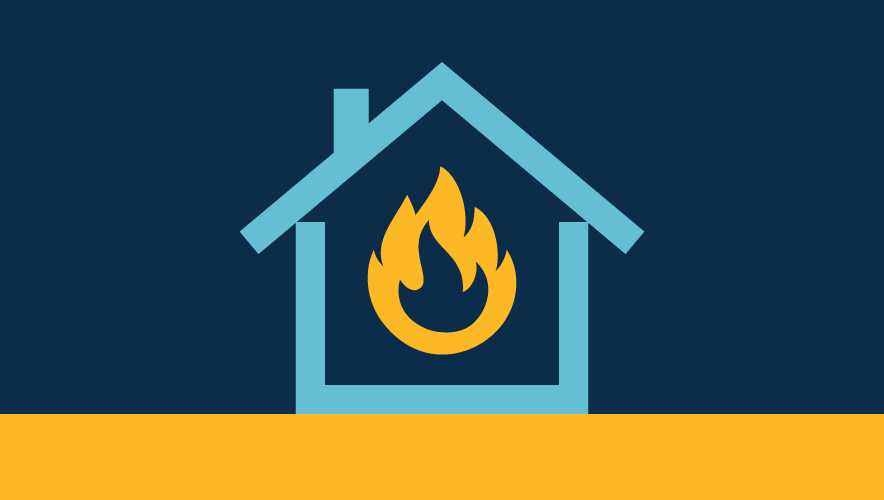FBI Report: U.S. Active Shooter Incidents Dipped in 2023, but Remain Above 2019 Numbers
There were 48 active shooter incidents in the United States in 2023, according to the FBI’s official count released Monday.
The FBI and Advanced Law Enforcement Rapid Response Training (ALERRT) Center report on active shooter incidents was released 24 June, and it evaluates active assailant events’ timing, perpetrators, location, and more. The Bureau defines active shooters as “one or more individuals actively engaged in killing or attempting to kill people in a populated area.”
Active shooter incidents in 2023 decreased by 4 percent from 2022 (50 incidents), but the number is still much higher than in 2019 (30 incidents). Between 2019 and 2023, the FBI designated 229 events as active shooter incidents—an 89 percent increase from the 121 incidents in the previous period from 2014 to 2018.
What’s Included in This Count?
If the count of 48 incidents feels low, that’s because there were many more mass shootings in the United States in 2023 than official FBI-designated active shooter incidents. According to the Gun Violence Archive, there were 656 mass shootings (four or more people shot in a single incident, not including the shooter) in the United States in 2023, and 40 of them counted as mass murders.
The FBI applies additional criteria to get its number, however. The report excludes gun-related incidents that involve or were the result of self-defense, gang violence, drug-related violence, residential or domestic disputes, barricade or hostage situations, shootings where the shooter’s actions were the result of another criminal act, crossfire as a byproduct of another criminal act, or an action that appeared not to have put other people in peril.
Researchers did consider incidents that occurred in public places, occurred in multiple locations, that resulted in a mass killing, that indicated apparent spontaneity by the shooter, where the shooter appeared to methodically search for potential victims, and that appeared focused on injury to people, not shooting at buildings or objects.
Where and When Did Attacks Occur?
The 48 incidents in 2023 occurred in 26 U.S. states and represented five location categories:
- Open spaces (58 percent, or 28 incidents—36 percent took place on a roadway)
- Commerce (29 percent, 14 incidents—12 took place in open access locations)
- Education (6 percent, three incidents—two in higher education and one in pre-K-12th grade)
- Healthcare (4 percent, two incidents—one at a hospital and one at a clinic)
- Residence (2 percent, one incident)
Half of the incidents involved multiple locations, mostly in the open space category.
California had the most incidents (eight), followed by four incidents each in Texas and Washington.
April had the highest number of incidents (seven), followed by January with six. Incidents occurred every day of the week, with 11 on Mondays. Attacks were more likely to occur between noon and midnight, and 17 of the incidents occurred between 6 p.m. and midnight.
Who Were the Victims?
In these 48 incidents, there were 244 casualties, including 105 people killed. Two law enforcement officers were killed, and 12 others were wounded. In the incident with the highest number of casualties (31), 18 people died.
Of the 48 incidents, two involved security personnel intervention, resulting in one security casualty. Four incidents involved civilian intervention, resulting in two civilian casualties.
Fifteen incidents met the federal definition for a mass killing incident, meaning three or more people were killed in a single incident. The FBI does not include the shooter in these statistics.
In three of the 48 attacks, there were zero casualties.
Who Were the Assailants?
Of the 49 shooters in the 48 incidents, 98 percent were male and one identified as both female and transgender male. Shooters’ ages ranged between 17 and 72.
In 48 incidents, 60 firearms were used—43 handguns, 16 rifles, and one shotgun. Five of the shooters wore body armor.
Four of the 48 incidents involved an insider threat. In 42 percent of incidents, there was an identified connection between the shooter and the location and at least one victim.
Of the 49 shooters, 30 were apprehended by law enforcement, 12 were killed by law enforcement, and seven died by suicide. Of those who were apprehended, seven were arrested at the scene and 23 were apprehended at a different location.











